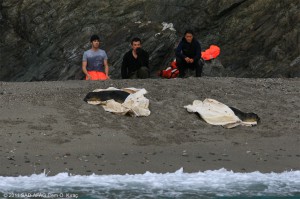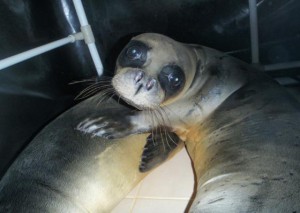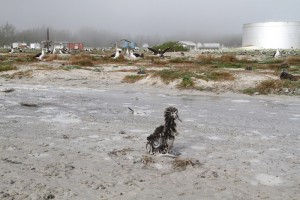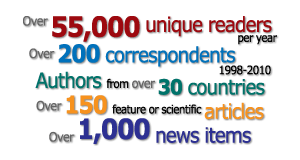Papahānaumokuākea Marine National Monument News Release, 25 April 2011
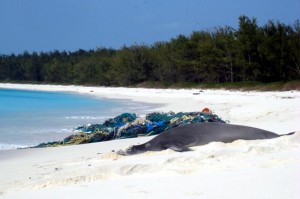
(Honolulu, HI) NOAA Ship Oscar Elton Sette returned to port at Ford Island/Pearl Harbor on April 22, 2011 after a multi-faceted mission to Papahānaumokuākea Marine National Monument in the Northwestern Hawaiian Islands. Directed by NOAA’s Pacific Islands Fisheries Science Center (PIFSC), one of the cruise’s primary goals was to establish five field camps and deploy 14 scientists with the Hawaiian Monk Seal Research Program (HMSRP). Over the course of the next three to four months the researchers will build upon 28 years of field research into the critically endangered Hawaiian monk seal. The population of Hawaiian monk seals is declining about 4% annually, driven largely by poor juvenile survival; with fewer than 1 in 5 pups surviving to become adults in the Northwestern Hawaiian Islands.
Continue reading “Field camps established to determine tsunami impacts on Hawaiian monk seals”


